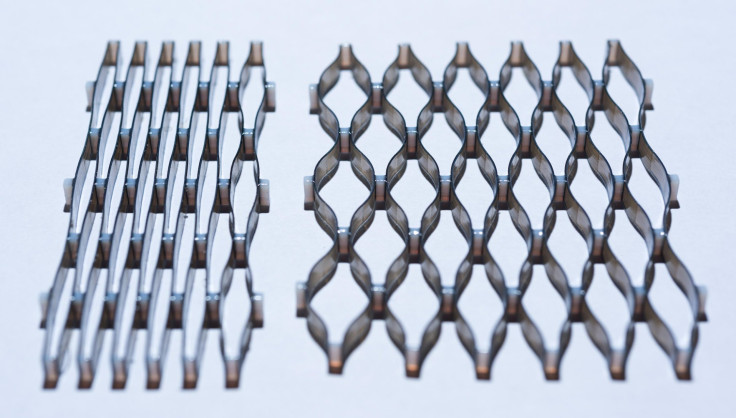3D-Printed Objects That Can Change Shape Under The Impact Of Heat

An international team of researchers has created a 3D-printed method to produce objects that can change into a range of different shapes, permanently, when heat is applied to them. The current research expands on their earlier work which created objects that had a “memory” of their shapes.
The process uses multiple layers of shape memory polymers, with the different layers designed to respond differently to the impact of heat. The shape memory polymers used by the team — comprised of members from Georgia Tech, Atlanta, Singapore University of Technology and Design (SUTD) and Xi’an Jiaotong University in China — have the ability to remember their original shape, to which they revert, after transforming into another programmed shape under the application of heat.
Read: Scientists Create 3D-Printed Structures That Remember Their Shape
“This new approach significantly simplifies and increases the potential of 4D printing by incorporating the mechanical programming post-processing step directly into the 3D printing process. This allows high-resolution 3-D printed components to be designed by computer simulation, 3-D printed, and then directly and rapidly transformed into new permanent configurations by simply heating,” Jerry Qi, a professor in the George W. Woodruff School of Mechanical Engineering at Georgia Tech, said in a statement Wednesday.
To showcase what their method can do, the researchers fabricated a number of objects that bent or expanded when immersed in hot water.
Objects built using this method have a number of potential applications. Large products could be built in small sizes, stacked on top of each other or rolled up to be transported, and then expanded when needed to be used.
“Eventually, the technology could enable components that could respond to stimuli such as temperature, moisture or light in a way that is precisely timed to create space structures, deployable medical devices, robots, toys and range of other structures,” the statement said.
The research was published Wednesday in the journal Science Advances.
© Copyright IBTimes 2024. All rights reserved.




















